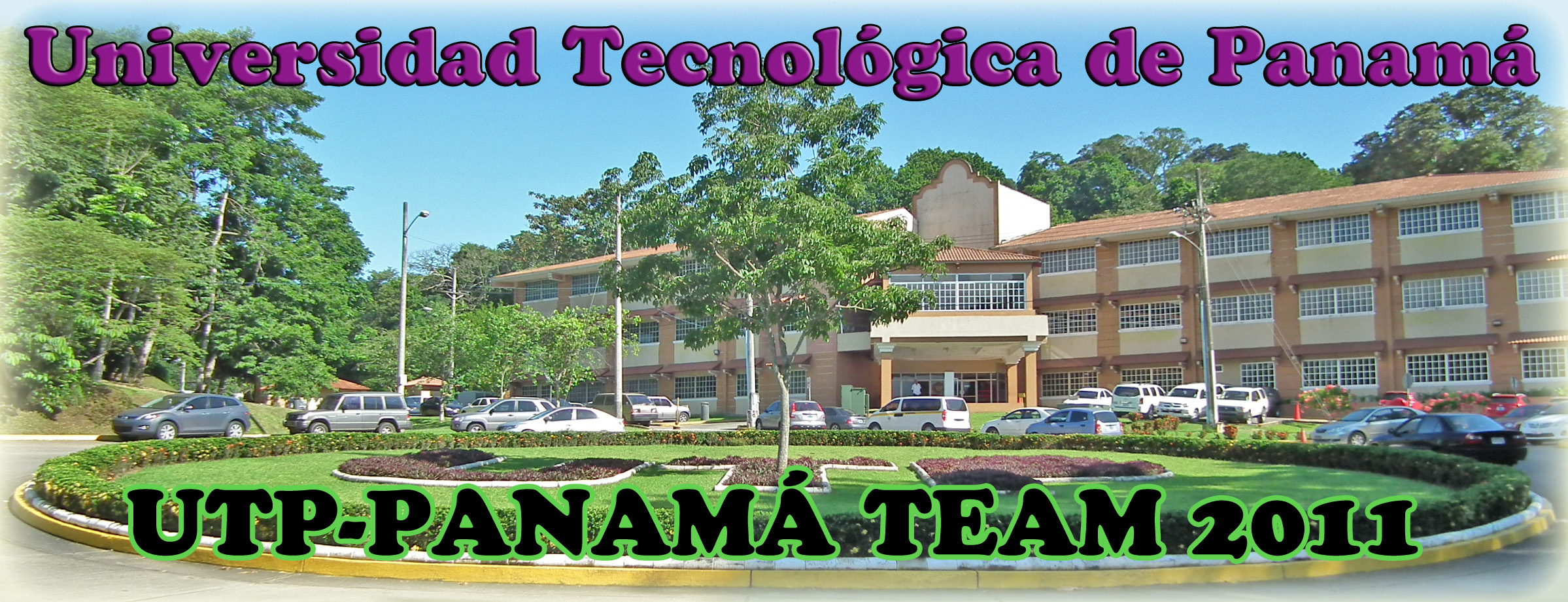Team:UTP-Panama/Experiments3
From 2011.igem.org
Arturo3010 (Talk | contribs) |
|||
| (10 intermediate revisions not shown) | |||
| Line 4: | Line 4: | ||
[[Team:UTP-Panama/Experiments2| '''Experiment 2 ''']] | | [[Team:UTP-Panama/Experiments2| '''Experiment 2 ''']] | | ||
[[Team:UTP-Panama/Experiments3| '''Experiments 3 ''']] | | [[Team:UTP-Panama/Experiments3| '''Experiments 3 ''']] | | ||
| + | [[Team:UTP-Panama/Experiments4| '''Experiments 4 ''']] | | ||
| + | [[Team:UTP-Panama/New Results| '''New Results''']] | | ||
[[Team:UTP-Panama/Results|'''Results''']]| | [[Team:UTP-Panama/Results|'''Results''']]| | ||
| Line 11: | Line 13: | ||
== Our RENBO Biobrick Experiments == | == Our RENBO Biobrick Experiments == | ||
'''BBa_K672000'''<br> | '''BBa_K672000'''<br> | ||
| + | |||
Objectives:<br> | Objectives:<br> | ||
| - | 1. Test the BioBrick operation to different substrates and temperatures, using | + | 1. Test the BioBrick operation to different substrates and temperatures, using KNO3 40 mM: |
a. Substrates: <br> | a. Substrates: <br> | ||
| - | + | *LB <br> | |
| - | + | *Minimal essential medium<br> | |
| - | + | *Saline solution<br> | |
| - | + | *Lunar land<br> | |
| + | |||
b. Temperatures:<br> | b. Temperatures:<br> | ||
| - | + | *8°C<br> | |
| - | + | *23°C<br> | |
| - | + | *37°C<br> | |
| - | + | ||
2. Characterize the expression of the promoters and determine the device operation.<br> | 2. Characterize the expression of the promoters and determine the device operation.<br> | ||
3. Define the more efficient temperature and substrate for the operation of this device to survive at low temperatures and be able to measure nitrate.<br> | 3. Define the more efficient temperature and substrate for the operation of this device to survive at low temperatures and be able to measure nitrate.<br> | ||
| - | Methodology | + | |
| + | |||
| + | |||
| + | Methodology: | ||
<br><br> | <br><br> | ||
| + | |||
We chose 4 temperatures: <br> | We chose 4 temperatures: <br> | ||
• 5-10°C<br> | • 5-10°C<br> | ||
| Line 32: | Line 40: | ||
• 20-30°C<br> | • 20-30°C<br> | ||
• 37°C<br> | • 37°C<br> | ||
| + | |||
These temperatures were selected so we could evaluate the response to cold shock in various ranges of our BioBrick. Since the lab equipments we had available couldn’t reach temperatures between 11-20°C this temperature was not used during the experience. Finally, the lab equipment allowed us to make the experiments in: 37°C, 23°C and 8°C. | These temperatures were selected so we could evaluate the response to cold shock in various ranges of our BioBrick. Since the lab equipments we had available couldn’t reach temperatures between 11-20°C this temperature was not used during the experience. Finally, the lab equipment allowed us to make the experiments in: 37°C, 23°C and 8°C. | ||
| + | |||
| + | |||
We also chose 3 different Growth Media: <br> | We also chose 3 different Growth Media: <br> | ||
• Saline Solution<br> | • Saline Solution<br> | ||
• Liquid LB<br> | • Liquid LB<br> | ||
• Minimal Media<br> | • Minimal Media<br> | ||
| + | |||
| + | |||
These growth medias where selected to evaluate the response of our BioBricks in different metabolic pathways. | These growth medias where selected to evaluate the response of our BioBricks in different metabolic pathways. | ||
According to the characterization made by Team Edinburgh 2009, the Pyear promoter (BBa_K216005) used by Bristol 2010, works best in minimal media and complex media with a nitrate concentration of 40mM. Using this reference, we added 40mM of KNO3 to every growth media in the different temperatures for Bristol 2010 - BBa_K381001 and UTP-Panama 2011 – BBa_K672000.<br> | According to the characterization made by Team Edinburgh 2009, the Pyear promoter (BBa_K216005) used by Bristol 2010, works best in minimal media and complex media with a nitrate concentration of 40mM. Using this reference, we added 40mM of KNO3 to every growth media in the different temperatures for Bristol 2010 - BBa_K381001 and UTP-Panama 2011 – BBa_K672000.<br> | ||
| + | |||
| + | |||
We prepared 9 15mL Falcon Tubes, these tubes contained: <br> | We prepared 9 15mL Falcon Tubes, these tubes contained: <br> | ||
• First 3 (one for each temperature): 10mL of Saline Solution + a colony of the BioBrick + 40mM of KNO3.<br> | • First 3 (one for each temperature): 10mL of Saline Solution + a colony of the BioBrick + 40mM of KNO3.<br> | ||
• Second 3 (one for each temperature): 10mL of Minimal Media + a colony of the BioBrick + 40mM of KNO3.<br> | • Second 3 (one for each temperature): 10mL of Minimal Media + a colony of the BioBrick + 40mM of KNO3.<br> | ||
| - | • | + | • Last 3 (one for each temperature): 10mL of Liquid Luria Broth + a colony of the BioBrick + 40mM of KNO3.<br> |
Latest revision as of 03:51, 29 October 2011
|
Home |
Experiment 1 | Experiment 2 | Experiments 3 | Experiments 4 | New Results |
Our RENBO Biobrick ExperimentsBBa_K672000 Objectives:
b. Temperatures:
2. Characterize the expression of the promoters and determine the device operation.
Methodology:
We chose 4 temperatures: These temperatures were selected so we could evaluate the response to cold shock in various ranges of our BioBrick. Since the lab equipments we had available couldn’t reach temperatures between 11-20°C this temperature was not used during the experience. Finally, the lab equipment allowed us to make the experiments in: 37°C, 23°C and 8°C.
|
 "
"

